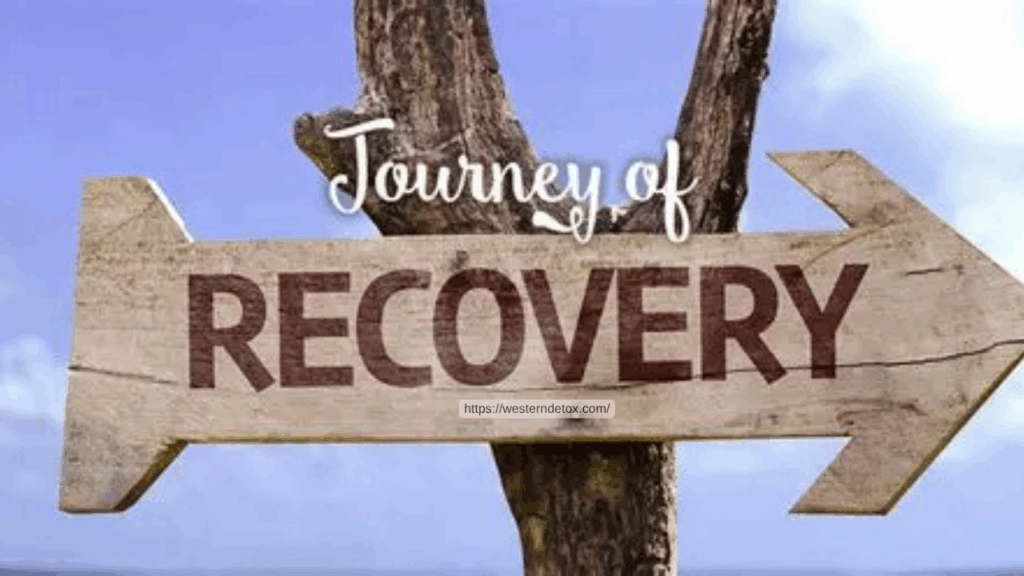
Access to detox is the first, critical step in the journey to recovery. For individuals struggling with addiction, timely detox can mean the difference between a safe, supported path to healing and the risks of unmanaged withdrawal, relapse, or worsening mental health. Across Western Canada, waitlists for detox services continue to grow, highlighting the urgent need for innovative solutions. By combining public resources with private facilities, we can close the gap and ensure every person seeking help receives care without delay.
Understanding the Detox Access Challenge
Detox waitlists in Western Canada are driven by multiple factors, including high demand, limited beds, and the complexity of co-occurring mental health conditions. Urban centers often see overcrowded facilities, while rural communities face the added challenge of geographic isolation. These delays carry serious consequences: increased risk of overdose, reduced motivation for recovery, and exacerbation of mental health issues.
Why Immediate Detox Matters
The readiness to change is fragile. When individuals are prepared to enter recovery, delays can erode the determination that brought them to treatment. Quick access to detox ensures not only physical safety but also maintains the momentum necessary for long-term success.
Public Solutions: Expanding Capacity and Infrastructure
Public detox programs are the backbone of Canada’s addiction treatment system. Strengthening these services is essential to meet the rising demand.
Increasing Bed Availability
Investing in new facilities and expanding existing ones allows public centers to accommodate more clients, reducing wait times. Strategic expansion in urban and high-demand regions ensures that more individuals can begin treatment promptly.
Integrating Mental Health Services
Many clients entering detox also require mental health support. Public programs that integrate psychiatric care, counseling, and addiction therapy provide comprehensive treatment that addresses the full spectrum of client needs.
Private Solutions: Bridging the Gap
Private detox facilities play a crucial role in reducing pressure on public programs. By offering additional beds, flexible scheduling, and individualized care, private centers can provide immediate support when public resources are full.
Western Detox: A Holistic, Client-Centered Approach
At Western Detox, clients receive medically supervised detox in a compassionate, supportive environment. Programs are tailored to each individual, incorporating holistic care, faith-based support, and mental health counseling. This approach ensures clients are not only physically stabilized but also emotionally and spiritually prepared for the next stage of recovery.
Flexible Inpatient and Outpatient Options
Private facilities can offer both inpatient and outpatient detox programs, providing flexibility based on each client’s needs. Outpatient programs allow individuals with mild withdrawal symptoms to start recovery without the need for hospitalization, while inpatient care offers intensive support for those with complex medical or mental health conditions.
Collaboration: The Key to Closing the Gap
The most effective strategy to reduce detox wait times is collaboration between public and private systems. Coordinated referral pathways allow clients to access care where space is available, ensuring no one waits unnecessarily. Additionally, shared resources, training, and information systems can streamline transitions from detox to ongoing treatment programs, enhancing continuity of care.
Using Technology for Coordination
Real-time digital tracking of available beds and resources can improve communication between public and private facilities. This innovation helps clients move quickly from crisis to care and reduces unnecessary delays.
Moving Forward: Building a Stronger Detox System
Closing the gap in detox access is not just about increasing capacity—it is about creating a compassionate, responsive system that prioritizes timely, individualized care. Public and private solutions, when integrated effectively, can reduce wait times, improve recovery outcomes, and save lives.
At Western Detox, every client receives personalized attention and holistic support from the moment they enter the program. By bridging public resources with private expertise, the path from crisis to recovery becomes accessible, safe, and sustainable.
If you or a loved one is ready to begin the journey toward healing, contact Western Detox today. Timely, compassionate, and comprehensive care is available, ensuring every individual receives the support they need to reclaim their life.








